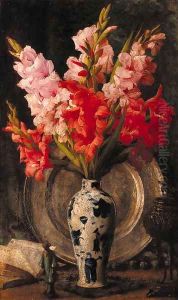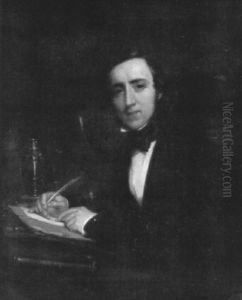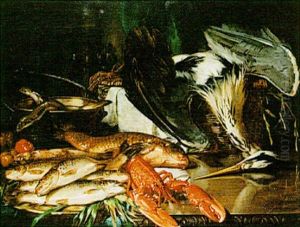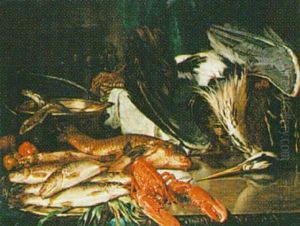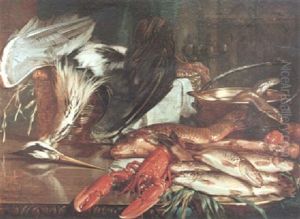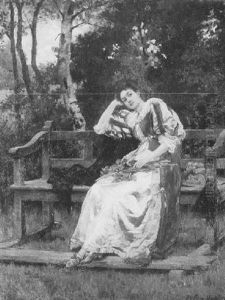Richard Willes Maddox Paintings
Richard Leach Maddox was an English physician and photographer, born in 1816, who played a key role in the development of modern photographic processes. While not a professional artist in the traditional sense, Maddox's contributions to the field of photography were groundbreaking and have had a lasting impact on the visual arts.
Maddox's most significant contribution to photography was his invention of a gelatin dry plate process in 1871. Before this innovation, photographers used the wet collodion process, which required them to coat glass plates with light-sensitive chemicals and expose them while still wet. This method was cumbersome and not conducive to portability, making photography a challenging and time-consuming endeavor.
Maddox's dry plate technique, on the other hand, used silver bromide suspended in a layer of gelatin, which could be prepared well in advance and used at a more convenient time and place. This greatly simplified the photographic process, making it more accessible and practical for photographers. The dry plates could be stored for a period, and cameras could be loaded with them for use as needed, which was a revolutionary change.
Although Maddox himself did not commercialize his invention, his work laid the foundation for the mass production of dry plates by others. His innovation precipitated the development of more sophisticated and portable cameras, eventually leading to the widespread adoption of photography by both professionals and amateurs.
Maddox continued to work in the field of medical science and never became a commercial photographer, but his legacy in the world of visual arts is profound. His invention was a catalyst that helped to democratize photography, making it a ubiquitous part of modern life. Richard Leach Maddox passed away in 1902, but his contribution to photography ensures that he remains a significant figure in the history of art and science.

